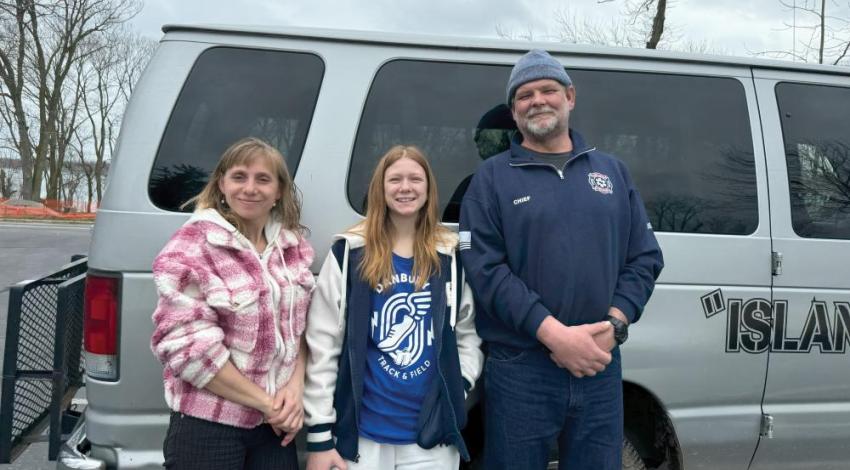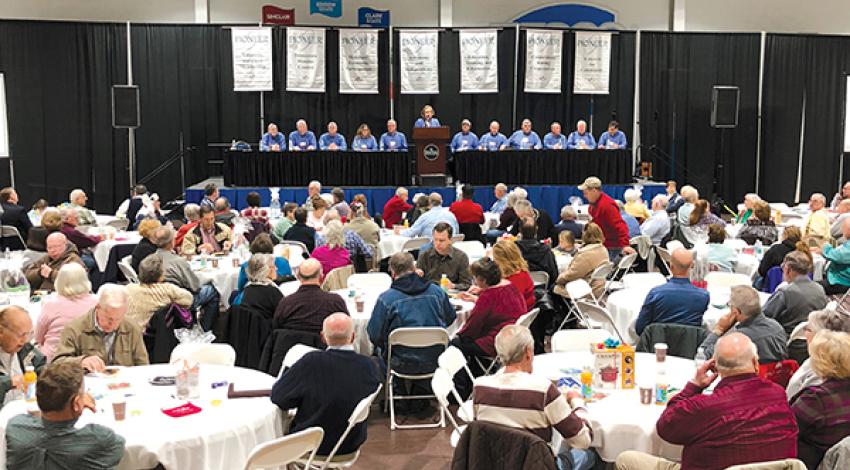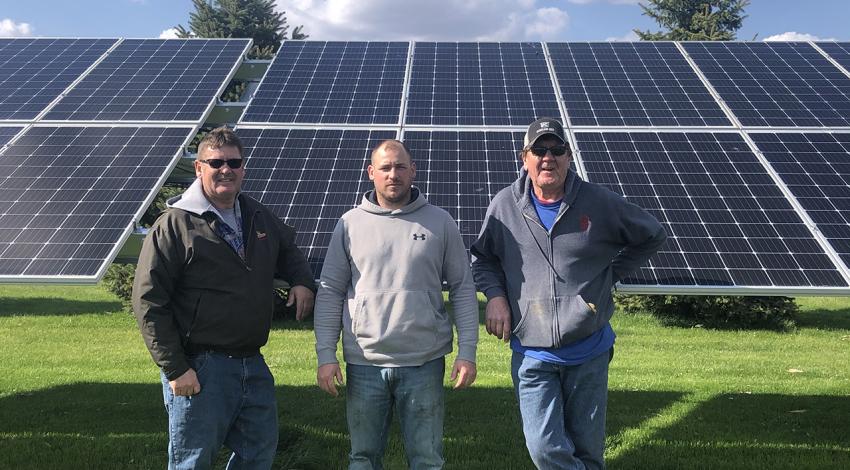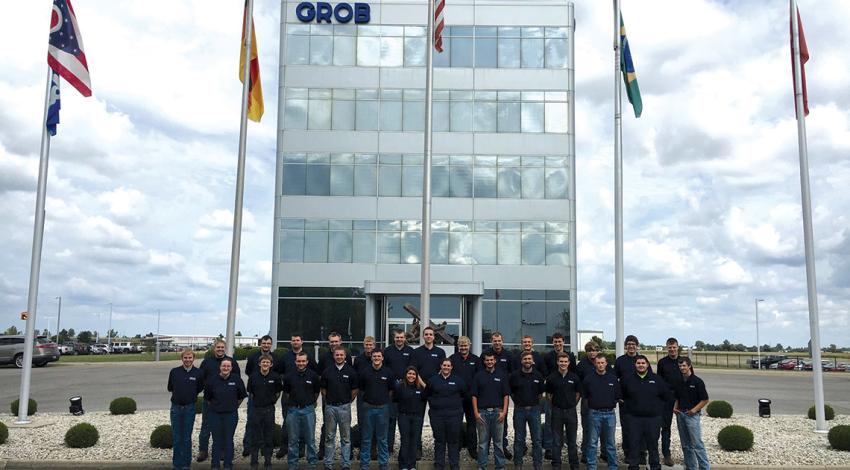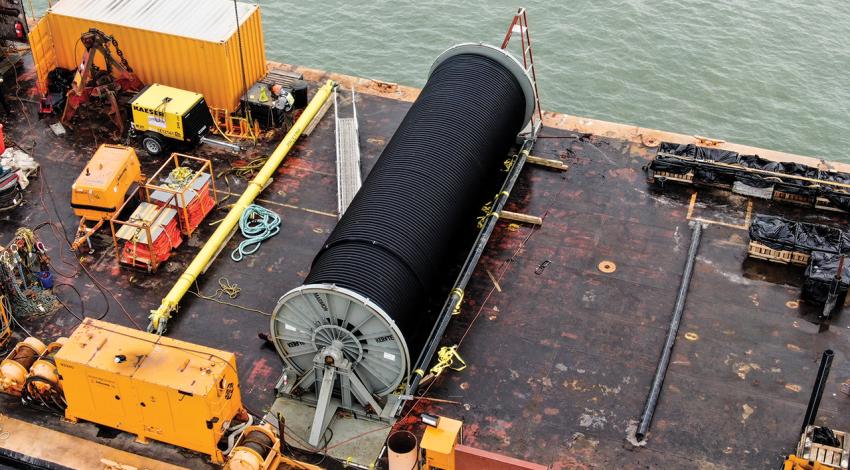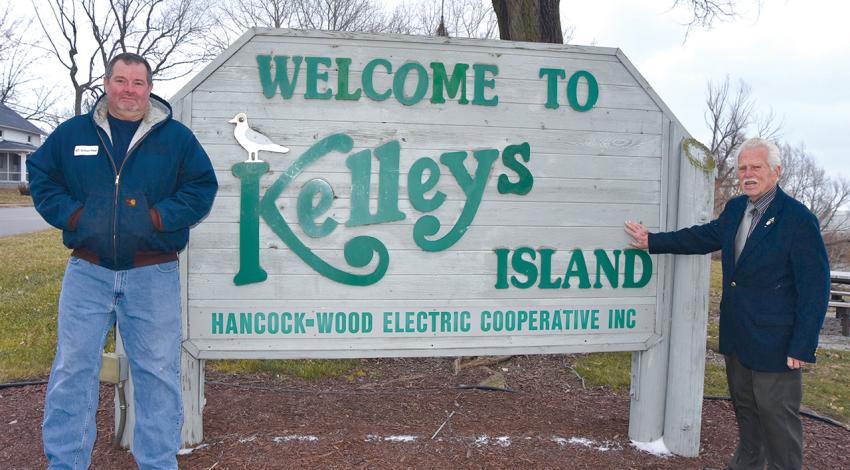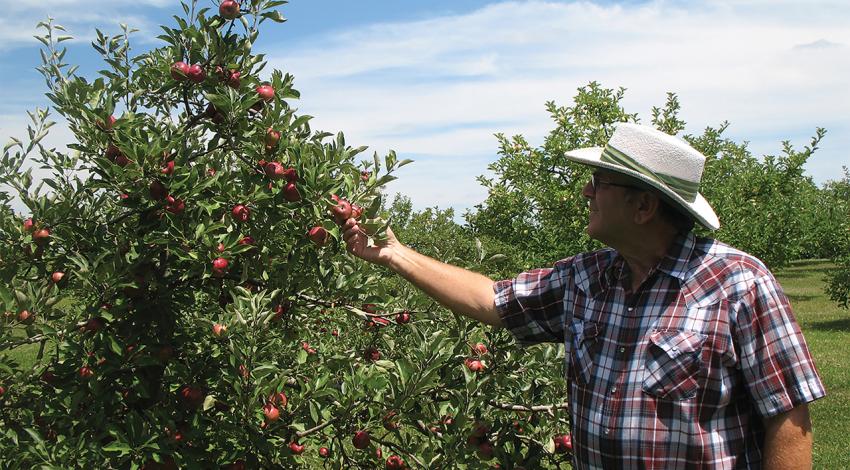Taxi cabs, like dense traffic, honking horns, and skyscrapers, usually are synonymous with big-city life. But the taxi business is different for Bobby and Natasha Skeans, members of Hancock-Wood Electric Cooperative.
While the Skeanses live in a home tucked away down a gravel lane in a quiet, peaceful, wooded area of the island, other spots on Kelleys — especially on those busy weekends — have an altogether different vibe, and the island’s roads can feature some chaotic twists and turns.
“[Riders] can be very happy and like to sing songs,” Natasha says. “One time I had a football team. They were like 55 years old, and they decided to share all the songs they used to sing back in the day.”
